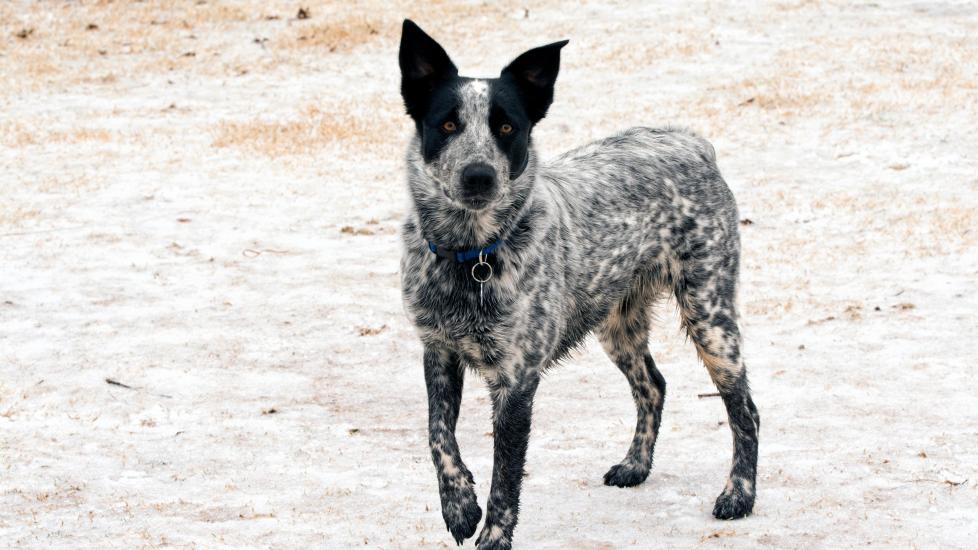Introduction:
The Texas Heeler is an active, intelligent, and versatile mixed-breed dog that results from crossing an Australian Cattle Dog with a Border Collie. This combination creates a high-energy canine known for its herding instinct, agility, and loyal nature. The breed is relatively new compared to other established purebred dogs but has gained popularity among farmers and families seeking a reliable working companion or a loving family member.
Lifespan: 12 – 15 years
Coat Length: Medium to long
Aliases: Blue Heeler (due to one parent breed), Australian Heeler, Hall’s Heeler
Height: Typically between 17 inches and 24 inches at the shoulder
Place of Origin: United States
Body Size: Medium to large build
Shedding Level: Moderate; requires regular grooming to prevent matting
Trainability: Highly trainable due to the strong work ethic inherited from both parent breeds. They respond well to positive reinforcement techniques such as praise, treats, and consistency. Early socialization and obedience training are essential to manage their natural herding instincts and ensure good manners around people and other animals.
Temperament: The Texas Heeler inherits the intelligence and energy of its parents, making them eager to learn and participate in activities. However, they also have a protective streak and may bark excessively if not properly trained and exercised. Proper training is key to channeling these traits into behaviors that benefit the household rather than becoming problematic.
Exercise Needs: These dogs require plenty of daily physical activity and mental stimulation to stay happy and healthy. Regular walks, runs, or hikes will help keep them fit and content. Additionally, they enjoy playtime involving fetch games, agility courses, or even flyball competitions.
Grooming Requirements: Their medium to long coat needs weekly brushing to remove loose hair and prevent mats from forming. Bathe only when necessary as over bathing can strip the coat of its natural oils. Trim nails regularly and check ears for debris and signs of infection.
Health Considerations: Like many mixed breeds, the Texas Heeler can be prone to conditions common in either parent breed, including hip dysplasia, eye disorders, deafness, and allergies. It’s important to provide regular veterinary care and maintain a nutritious diet to support overall health.
Suitable Owners: Active individuals or families who can dedicate time to exercise and training are best suited to own a Texas Heeler. They thrive on structure and routine, so consistent leadership is crucial for their behavior.
Legal Considerations: Some local laws and housing associations might have restrictions on certain types of dogs, especially those bred for herding or livestock guarding. Be sure to check your local regulations before deciding on this breed.
In conclusion, the Texas Heeler offers a unique blend of characteristics that make it suitable for active lifestyles and outdoor enthusiasts looking for a smart and adaptable four-legged friend. With proper care, training, and attention, these dogs can become lifelong companions.
